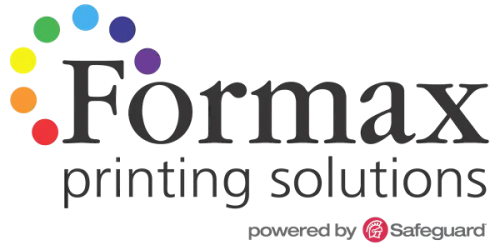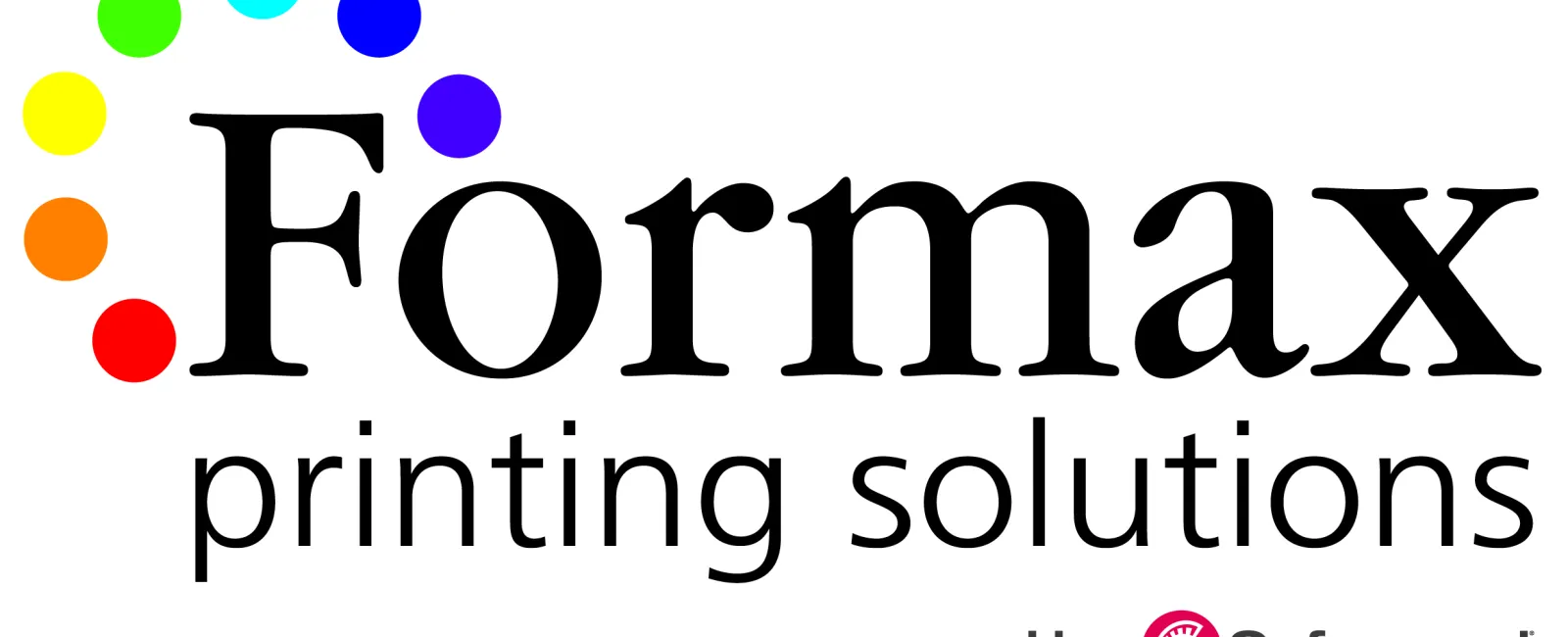Print materials are laminated to increase longevity. In most cases, lamination is applied to printing that will be subject to stains, smudges, moisture, oil, grime, wrinkles, tears or anything else that might shorten its life.
The lamination applied to printing is a clear plastic film, with either a gloss or matte finish. It can be applied to the face only, or it can be applied to both sides of the printed piece. Since the primary goal of lamination is protection, our experience has shown that most laminated pieces have the plastic film applied to both sides.
Even though lamination is applied over the printing, it still allows the printing to be read very clearly and in most cases actually enhances the appearance and contrast of the ink colors. In addition, lamination is available in a variety of thickness to add increased strength and rigidity to printed pieces.
Depending on the intended use and environmental conditions, laminated pieces may be produced with a Sealed Edge or Flush Cut.
What is a Sealed Edge?

A Sealed Edge is created when a printed piece is sandwiched between two pieces of plastic laminate film extending past the printed piece's edge. This allows the two sheets of film to bond around the entire perimeter, thus encapsulating the printed document in plastic.
A Sealed Edge provides the ultimate protection against contaminants and is used when the printing may be subject to frequent handling or used in a harsh environment. The overhang lip created by the Sealed Edge method is usually 1/8" - 1/2" to produce a strong bond and ensure that fluids and dirt never contact the edge of the printed paper substrate.
Common uses for Sealed Edge lamination include restaurant and bar menus, factory signage, machinery hang tags, identification cards and educational materials.
What is a Flush Cut?

Flush Cut Lamination is trimmed even with the edge of the printed piece to provide a clean line and maximum visual appeal
A Flush Cut refers to lamination that is trimmed even with the edge of the printed piece. A Flush Cut offers aesthetic benefits, but the edge of the printing is not completely enclosed in film. Therefore, it does not completely protect the edge of the paper from moisture, oil or grime like the Sealed Edge method.
As you would expect, Flush Cut lamination is not recommended for printed items that are handled excessively or used in damp or dirty conditions. However, it is still a very popular method for many other applications. These include business cards, bookmarks, presentation folders and the interior pages of a book or binder.
If you have any questions about lamination or have an upcoming laminated project, give Formax Printing Solutions a call at 866-367-6221 or submit our quote request form. Whether your print project requires Sealed Edge or Flush Cut lamination, we can offer you helpful guidance and money-saving ideas.
Take care! Rick




